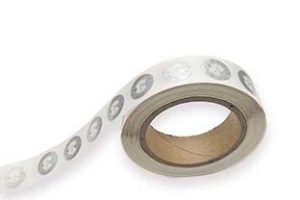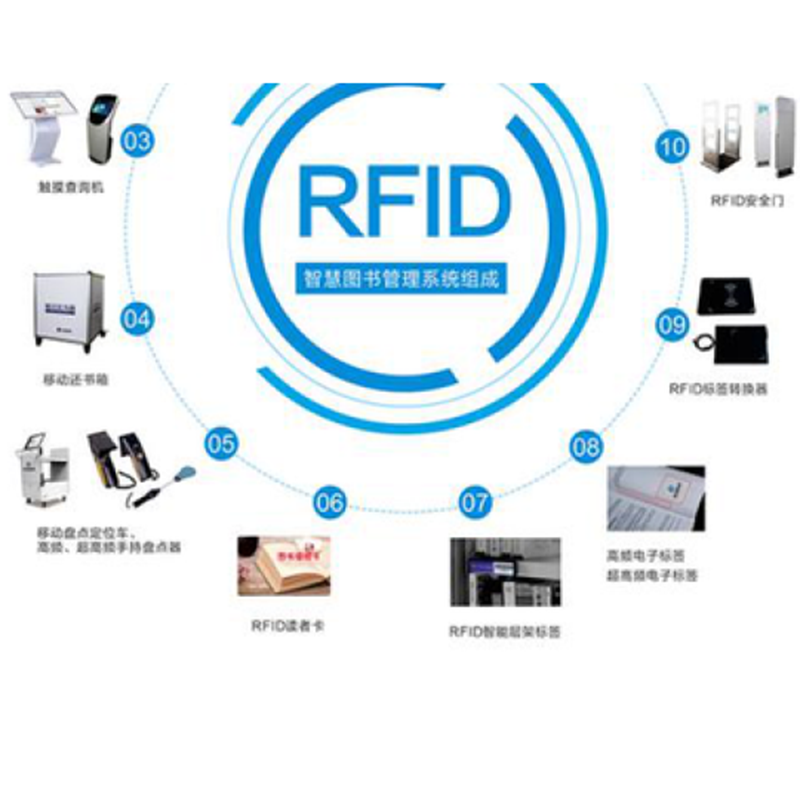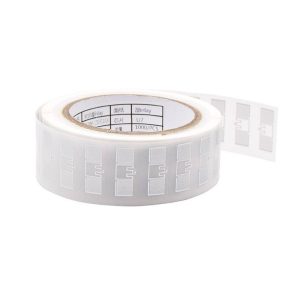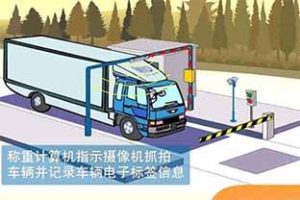What are the three components of RFID and NFC electronic tag hardware?
RFID, NFC electronic tag technology is a radio frequency identification technology that automatically identifies and tracks tag information through the interaction of electromagnetic fields between the receiver and transmitter. It identifies specific targets and reads and writes relevant data through radio signals, making it a non-contact automatic identification technology.
The hardware of RFID and NFC electronic tags consists of three parts: electronic tags, readers and writers, and antennas. RFID and NFC electronic tags are composed of coupling components and chips, each with a unique electronic code; RFID reader is an electronic device that reads or writes tag information, available in handheld, fixed, and other forms; RFID antennas are used to transmit radio frequency signals between tags and readers.

What are the three components of RFID and NFC electronic tag hardware?
1. RFID and NFC electronic tags are usually composed of a chip and an antenna, consisting of coupling elements and chips. Each electronic tag has a unique electronic code and is attached to an object to identify the target object.
2. RFID reader/writer device is another important component of RFID, which is a device that reads or writes tag information. It is usually composed of components such as antennas, card readers, controllers, and interfaces. According to the different design structures, there are handheld, fixed and other forms. Different types of labels can be connected through different working frequencies to recognize, read, and write the labels. Reading and writing devices need to activate the labels and send instructions to them for data exchange.
3. The RFID antenna is used to transmit radio frequency signals between the tag and the reader. The energy of the radio frequency signal sent by the reader is radiated into space in the form of electromagnetic waves through the antenna. When the antenna of the electronic tag enters the space, it receives electromagnetic wave energy.
What are the three components of RFID and NFC electronic tag hardware?
There are two antenna coupling methods between RFID readers and RFID tags: one is inductive coupling, suitable for low-frequency RFID identification applications; Another type is the backscatter coupling mode, which is suitable for radio frequency identification applications in the ultra-high frequency range. RFID antennas can be seen as air interfaces between readers and electronic tags. RFID technology automatically identifies target objects through radio frequency signals, enabling fast tracking and data exchange of items. Identification work does not require manual intervention and can work in various harsh environments. RFID technology can recognize high-speed moving objects and simultaneously batch recognize multiple labels, making the operation fast and convenient. With the development of RFID technology, its application scope is becoming increasingly broad, widely used in industrial production, warehousing and logistics, transportation, asset management, medical treatment, anti-counterfeiting traceability and other application fields that require data collection and processing.
Donglai Precision Electronics mainly engages in NFC | RFID tags | RFID | RFID electronic tags | RFID technology | RFID readers/writers | RFID asset management systems | RFID cards | RFID devices | electronic tags | RF tags | high-frequency tags | library RFID tags | automatic recognition technology solutions. We will provide you with 1V1 technical consulting services for free! We have a research and development center of over 3000 square meters in Shenzhen Guangming Pilot Industry Base, with 12+laboratories. Our research and development strength is strong, and we are a trusted manufacturer. Welcome to call or contact us sales@molddl.com For consultation, please contact us for free samples!
This article is included in Baidu Wenku






